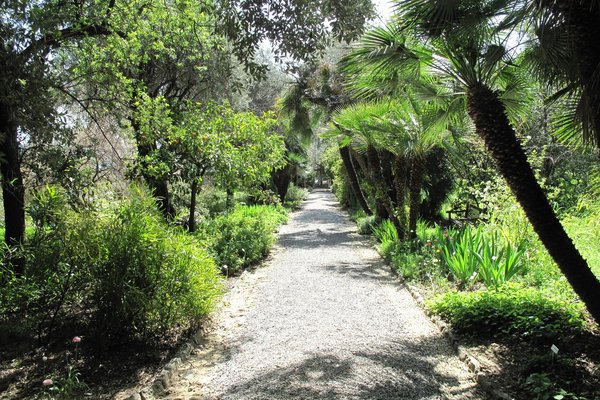Italy
Hanbury botanical gardens
Site Info
Official Information
- Full Name
- Hanbury botanical gardens (ID: 336)
- Country
- Italy
- Status
-
On tentative list 2006
Site history
History of Hanbury botanical gardens
- 2006: Added to Tentative List
- Added to tentative list
- Type
- Cultural
- Criteria
Links
- UNESCO
- whc.unesco.org
All Links
UNESCO.org
- whc.unesco.org — whc.unesco.org
Community Information
- Community Category
- Secular structure: Park or garden
Travel Information
Recent Connections
News
No news.
Community Reviews
Show full reviews
Giardini Hanbury (with an N) are a historical botanic garden from the 19th century named after their former English owner. It was planted along a 100 metre descent to the sea and reach the coast. Today it is owned by the University of Genoa and is very well maintained. About 6000 plant species from around the world grow in the garden, which makes it one of the scientifically most significant historic botanic gardens in the world. Despite being in Italy the garden follows the English style, with ornamental elements such as fountains and sculptures.
The terrain is really steep. For those with walking difficulties you can book a ride uphill on small vehicles. There is a little cafe at the bottom, but unfortunately, a wall blocks the sea view. The estate is in close proximity to the French-Italian border. I don't know about public transport from France, but it can be easily reached from Menton at the Cote d'Azure either by car or by bike. On the Italian side, it is close to Ventimiglia from which it can be reached by bus, car or bike.
In the official description the site is praised as "the most accomplished example of the integration of acclimatising plants along slopes and in a landscape context of markedly Mediterranean nature". It does stand out in representing different temperate climatic zones around the world, but otherwise, I am not sure how significant it is. It is further said to have influenced garden design along …
Keep reading 0 comments
